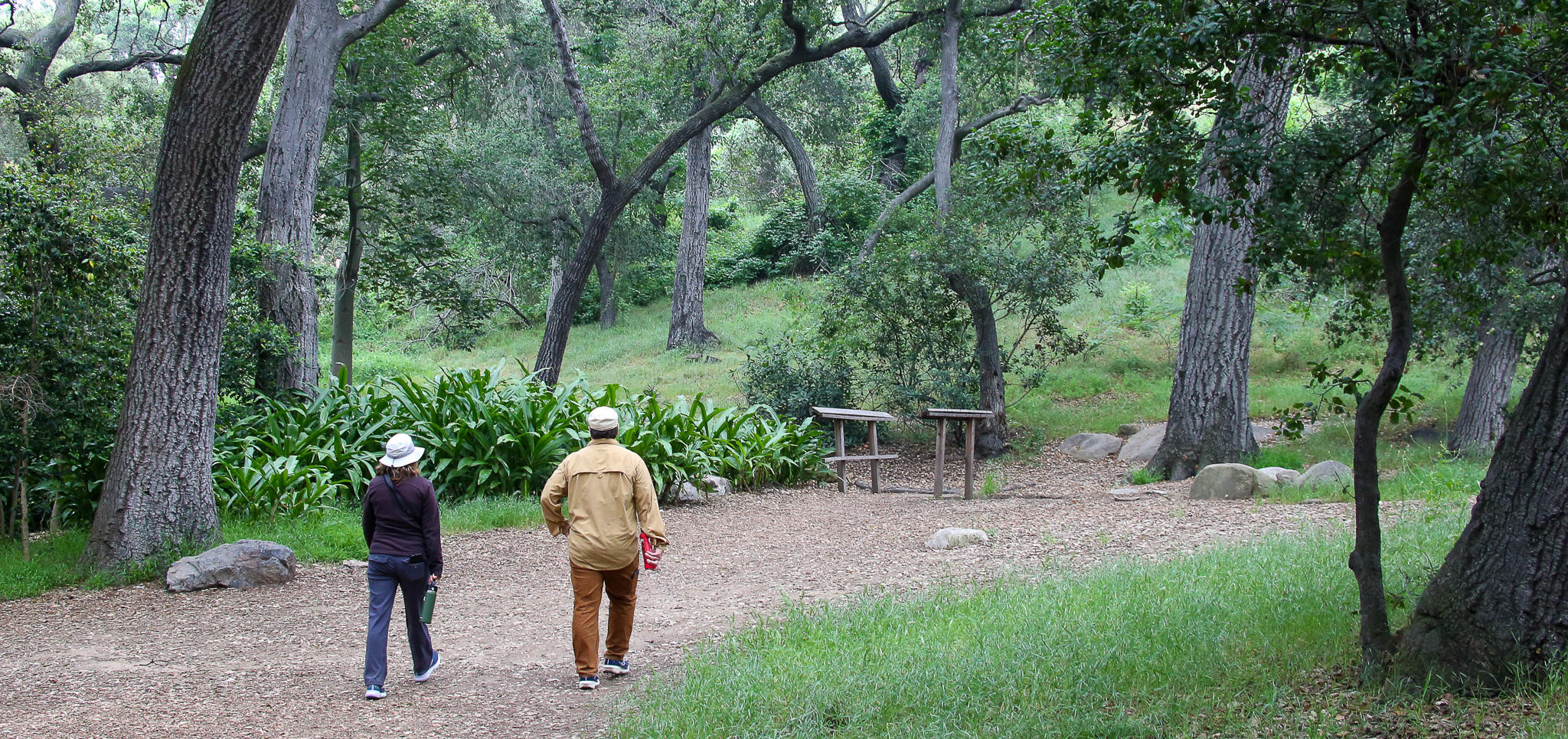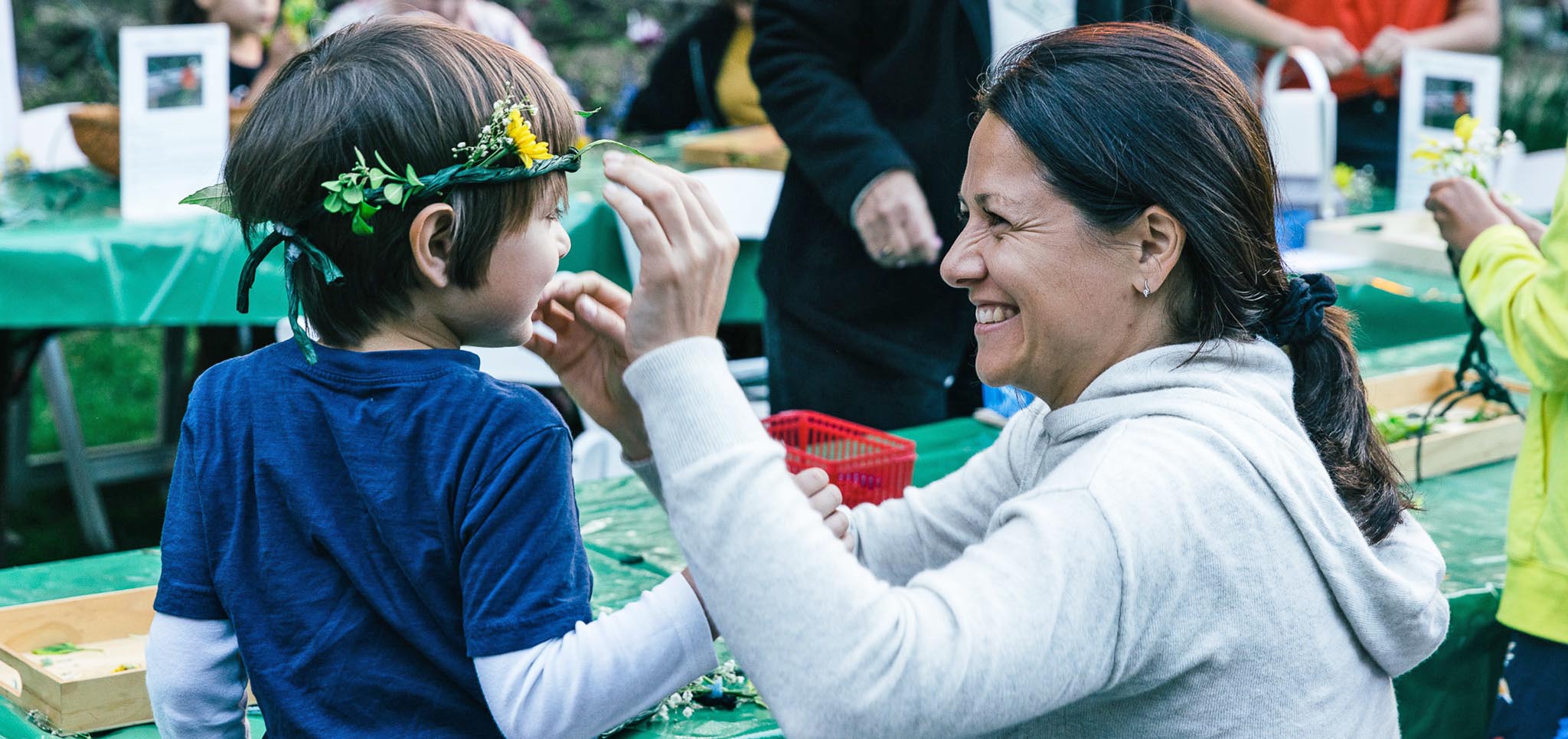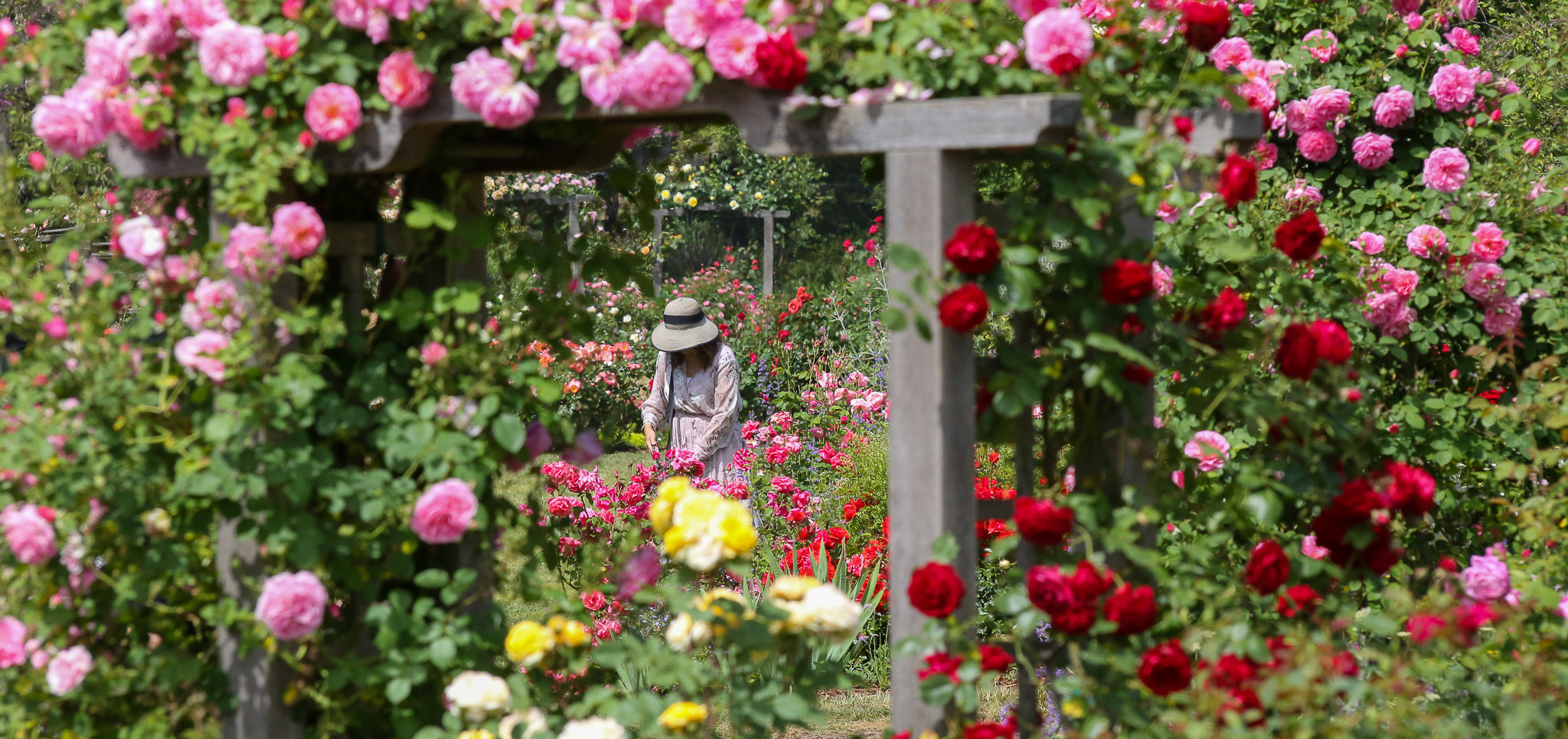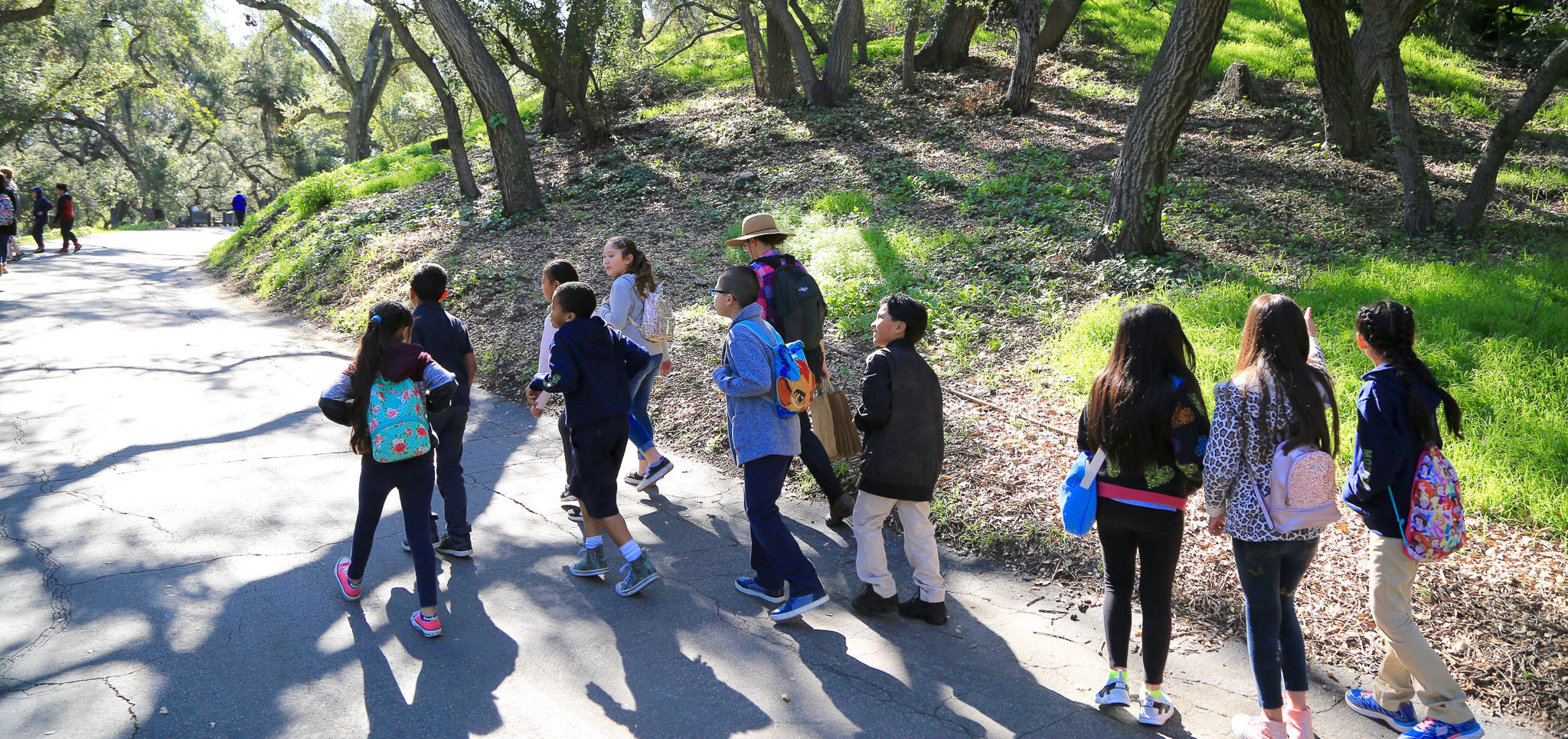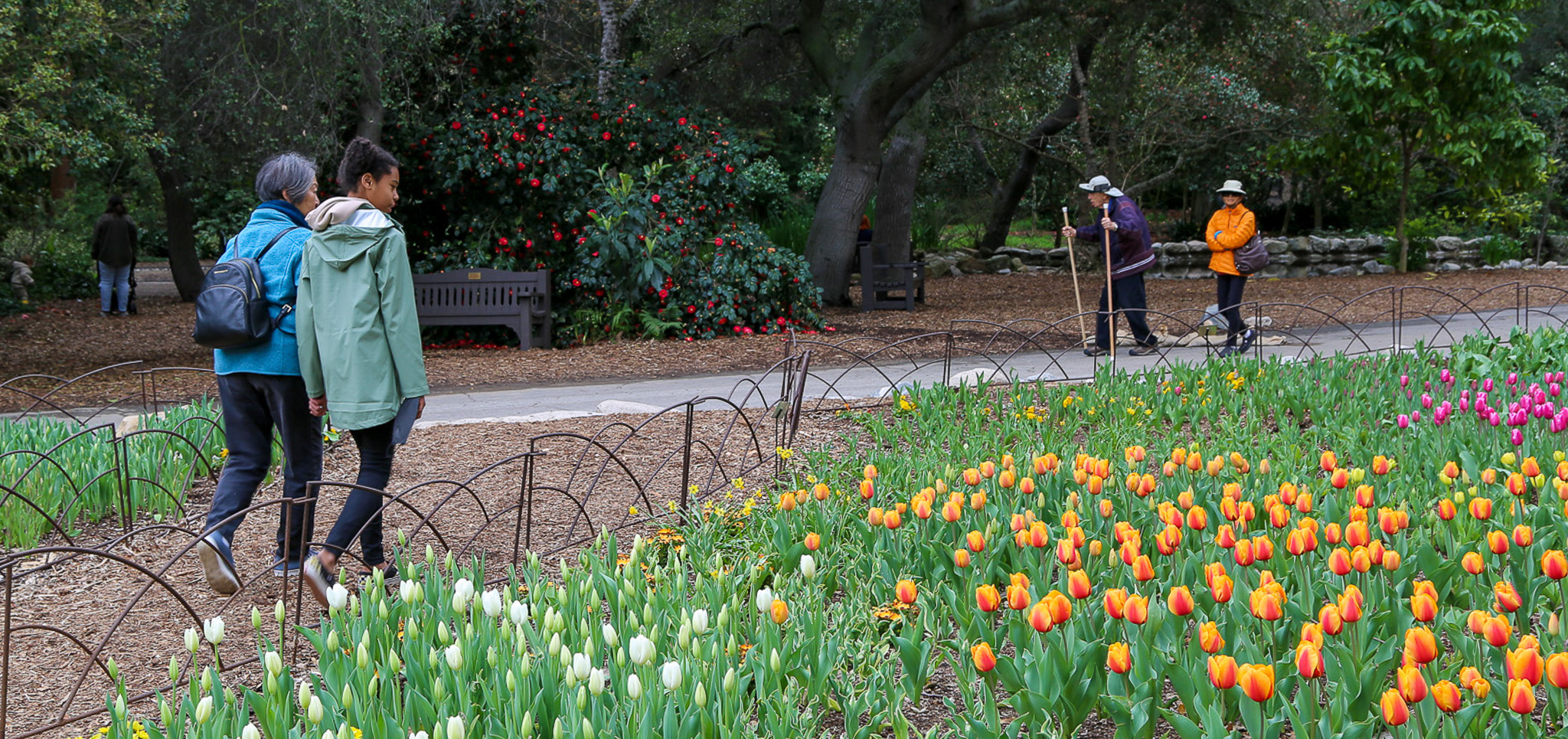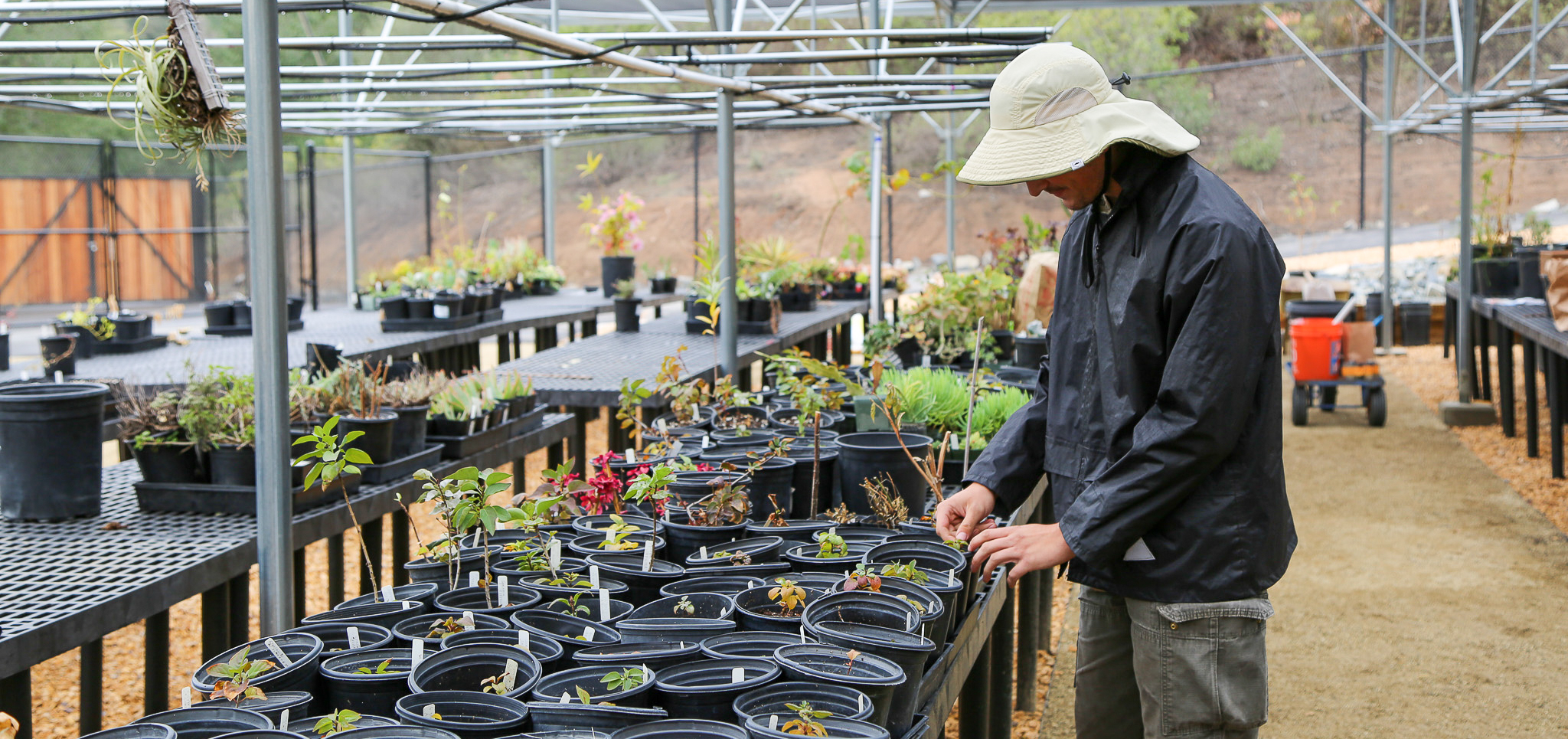December bloom highlights
Discover the year-round beauty of Descanso..
.
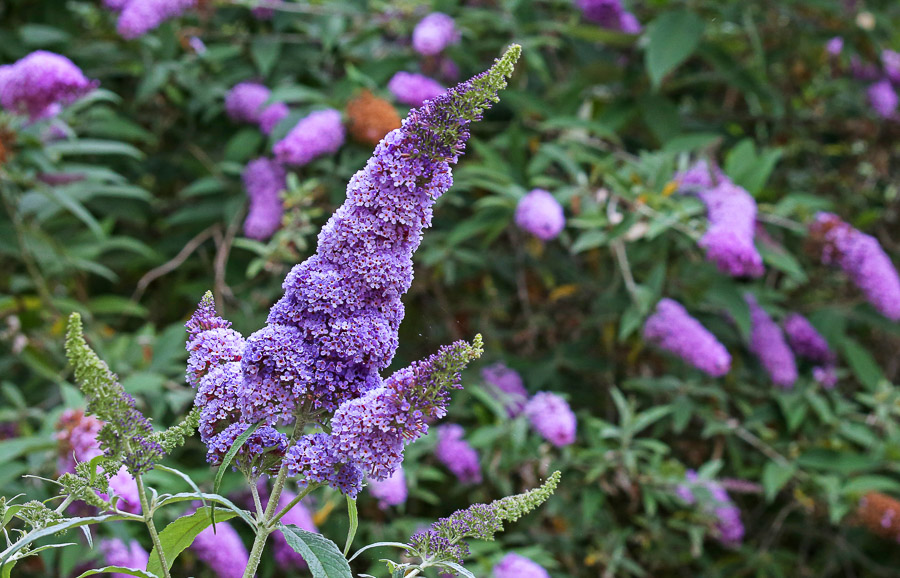
Summer blooms
Promenade, Rose Garden
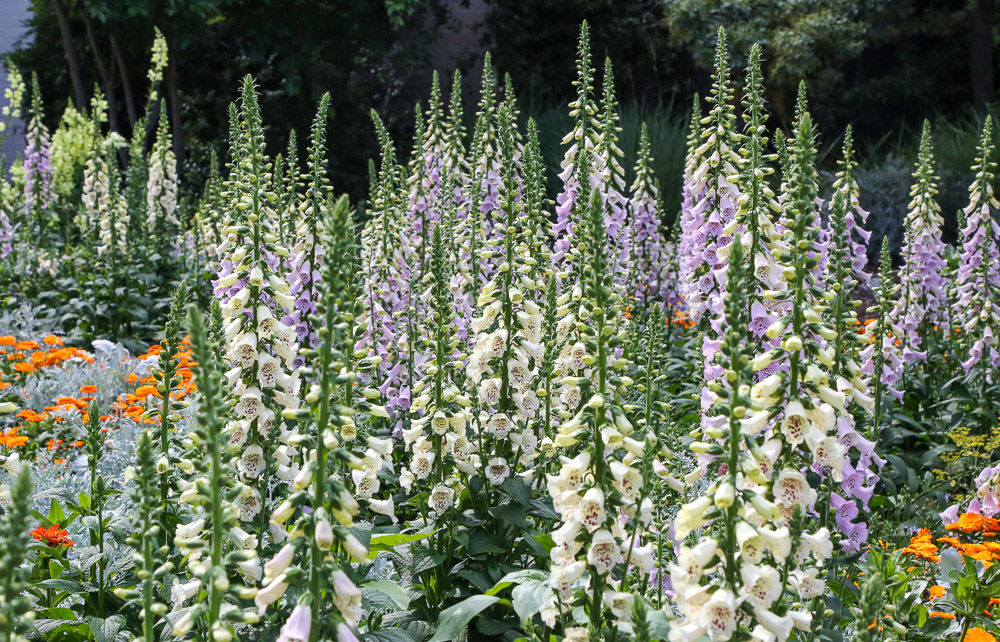
Spring annuals
Promenade, Rose Garden

Spring annuals
Promenade, Rose Garden
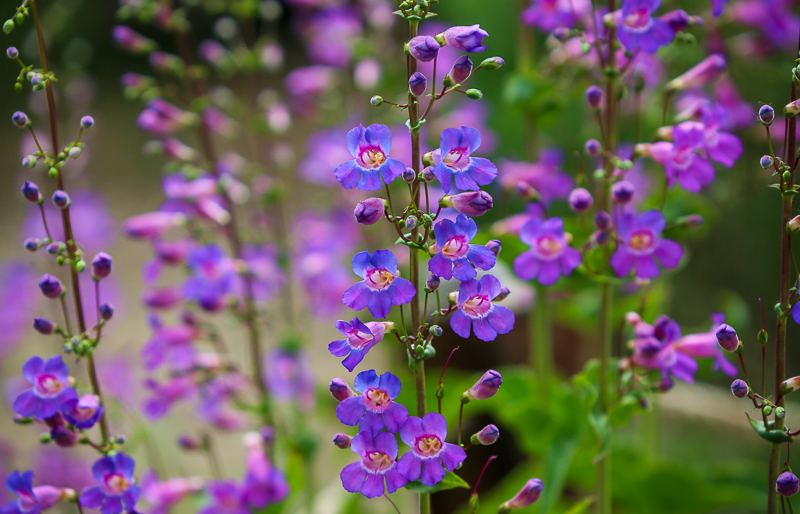
California natives
California Garden, Throughout the gardens

California natives
California Garden, Throughout the gardens

California natives
California Garden, Throughout the gardens
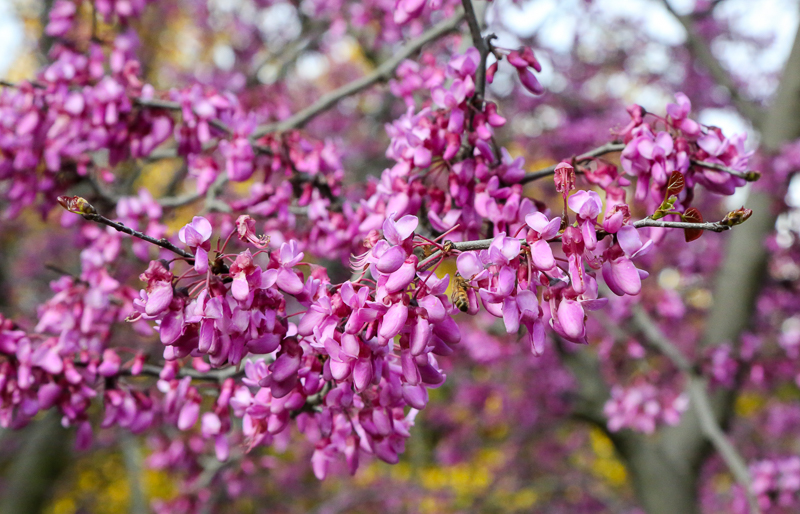
California natives
California Garden, Throughout the gardens
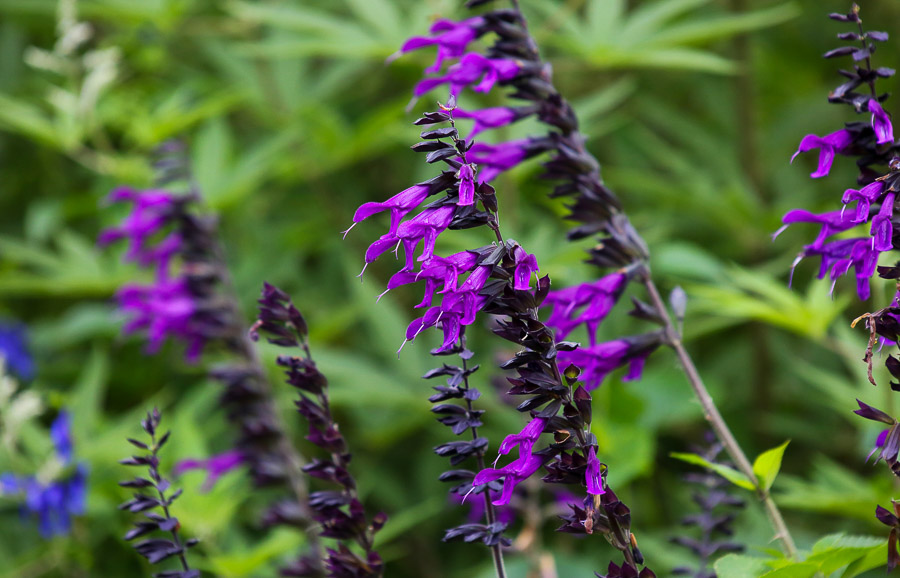
Summer blooms
Promenade, Rose Garden

Summer blooms
Promenade, Rose Garden
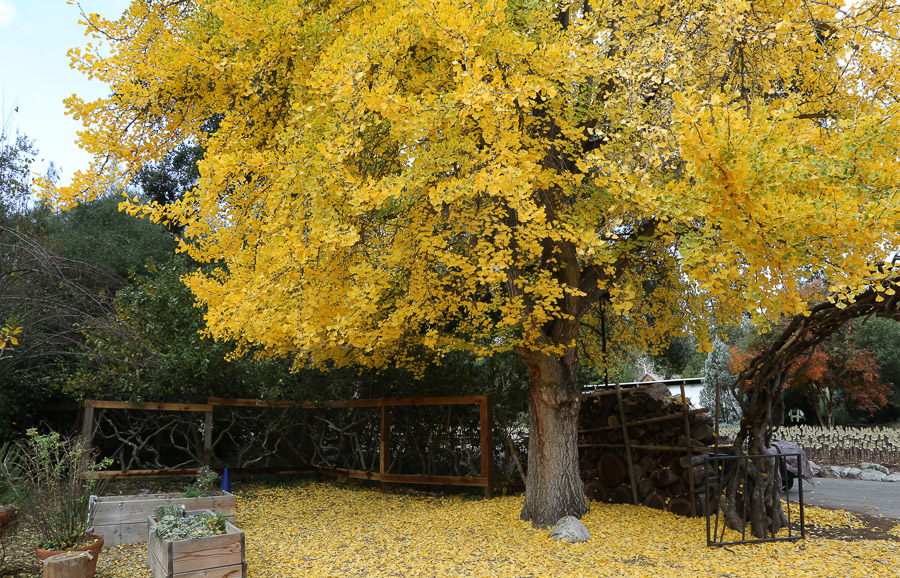
Gingko
Ancient Forest, Promenade
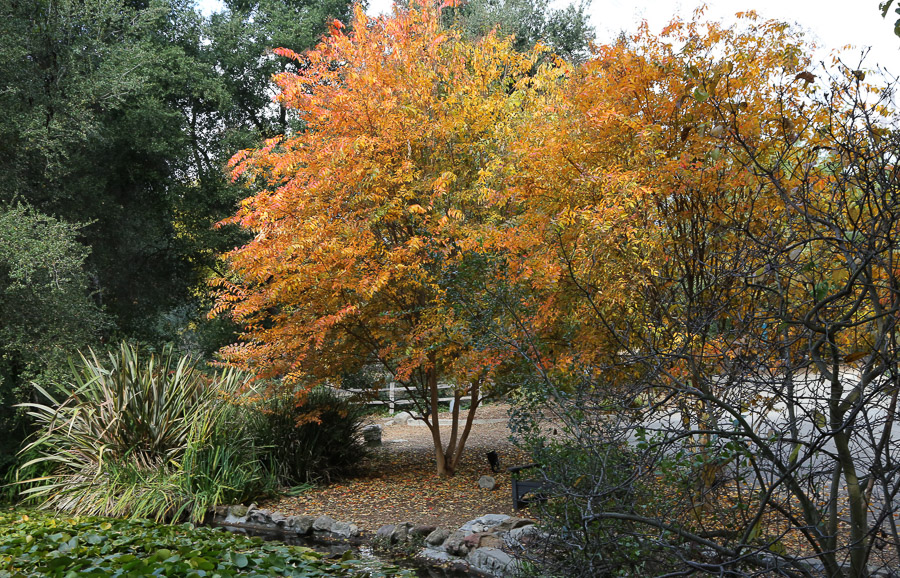
Fall foliage
Throughout the gardens
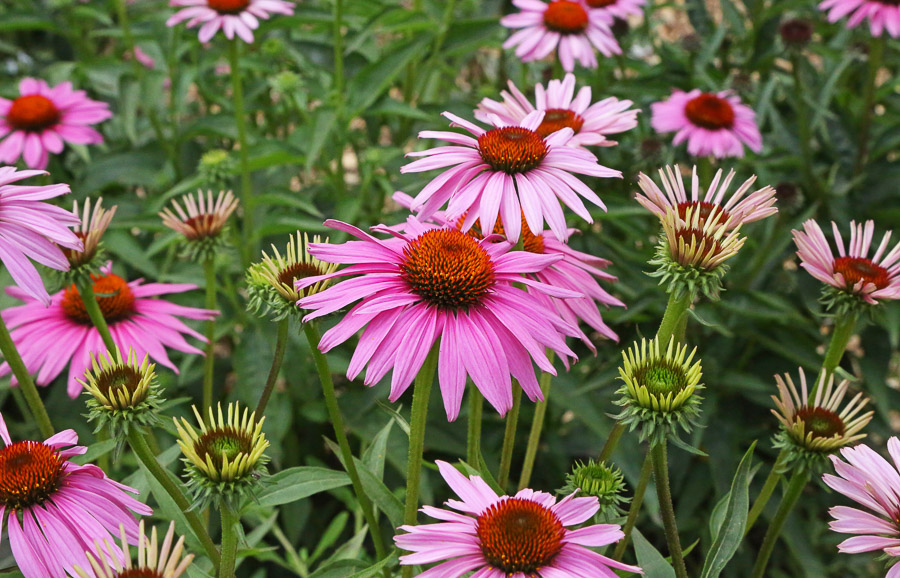
Coneflowers
Promenade, Center Circle
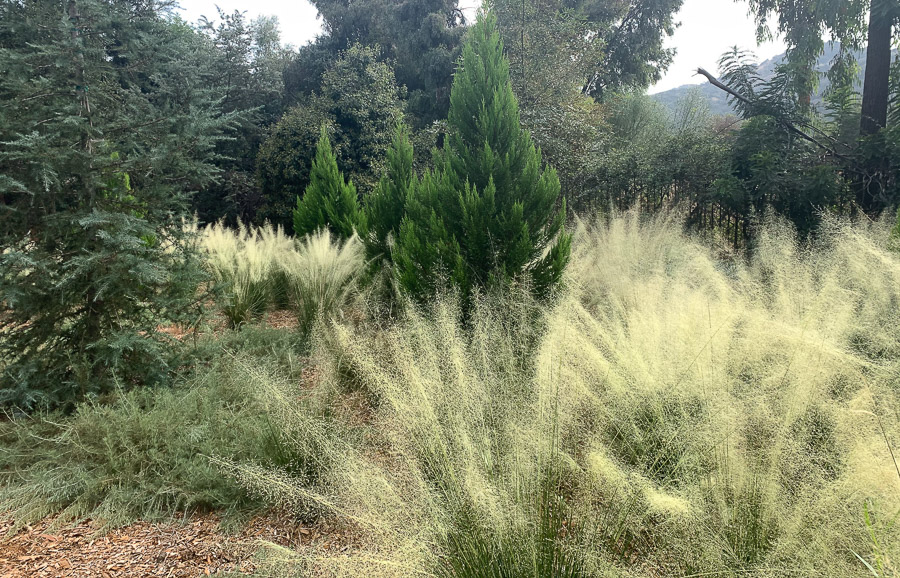
Ornamental grasses
Promenade, Center Circle
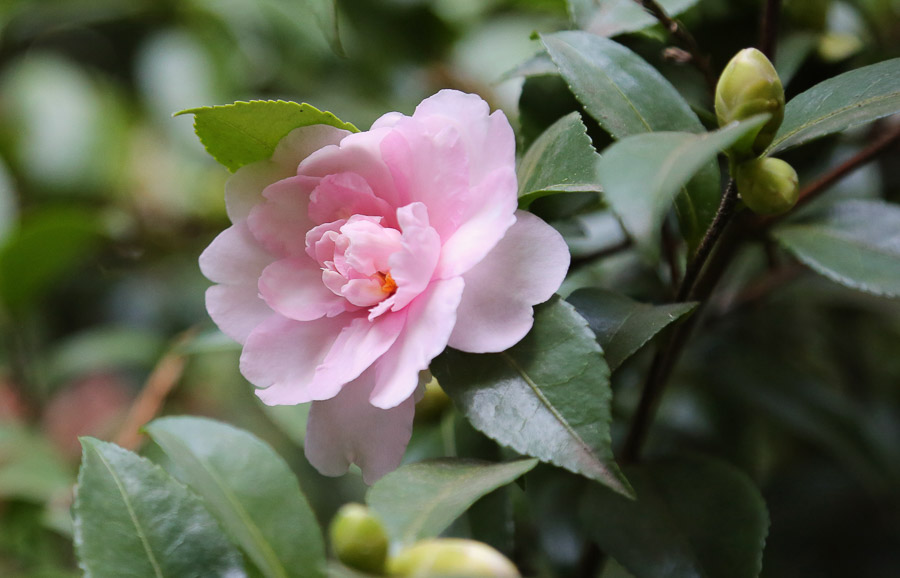
Sasanqua camellias
Camellia Forest, Japanese Garden
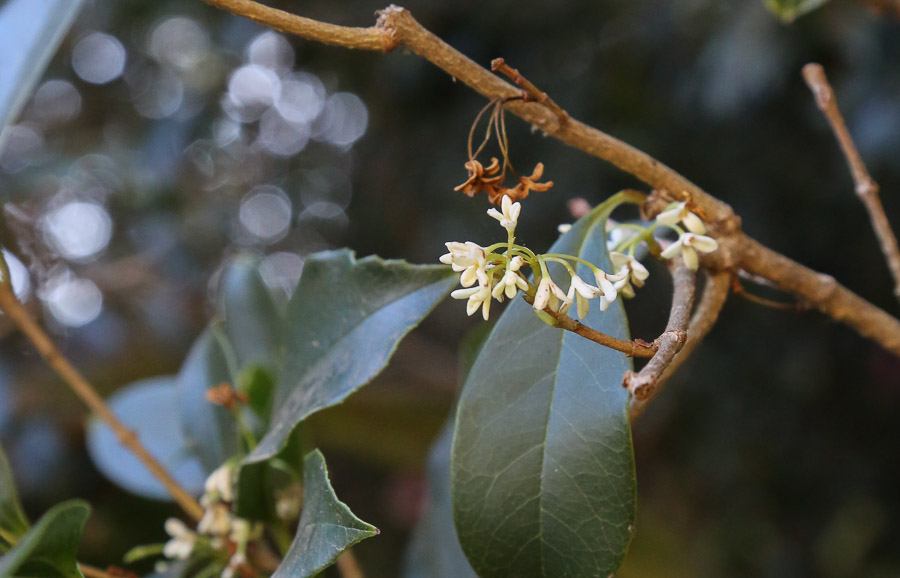
Fragrant tea olive
Promenade

Chrysanthemums
Japanese Garden, Courtyard
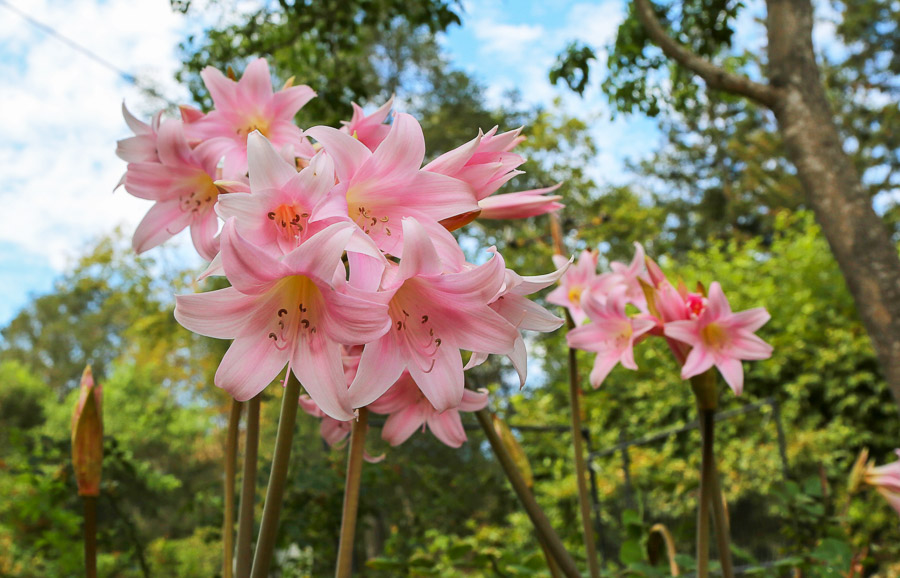
Naked lady lilies
Throughout the gardens
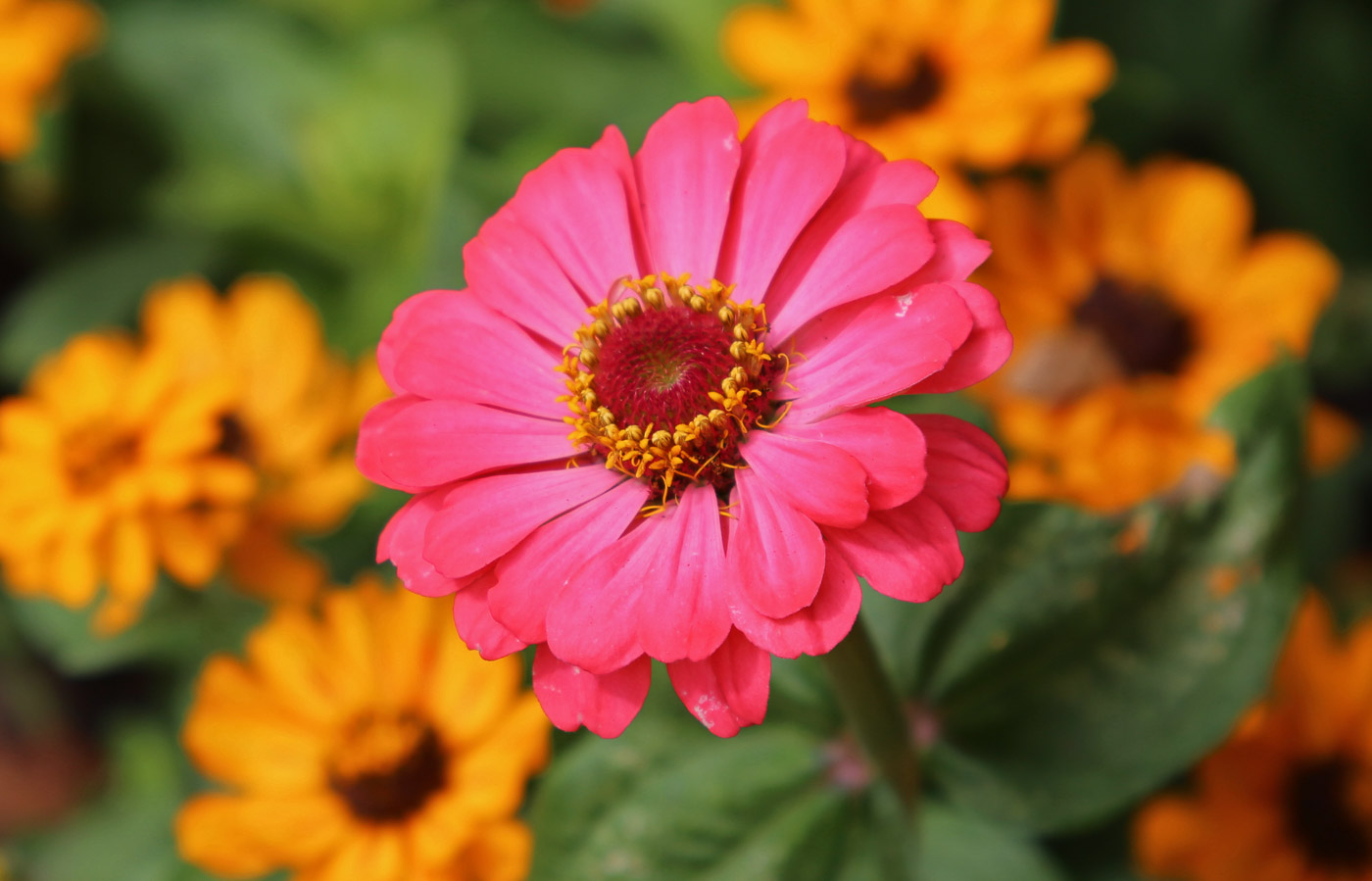
Zinnias
Promenade
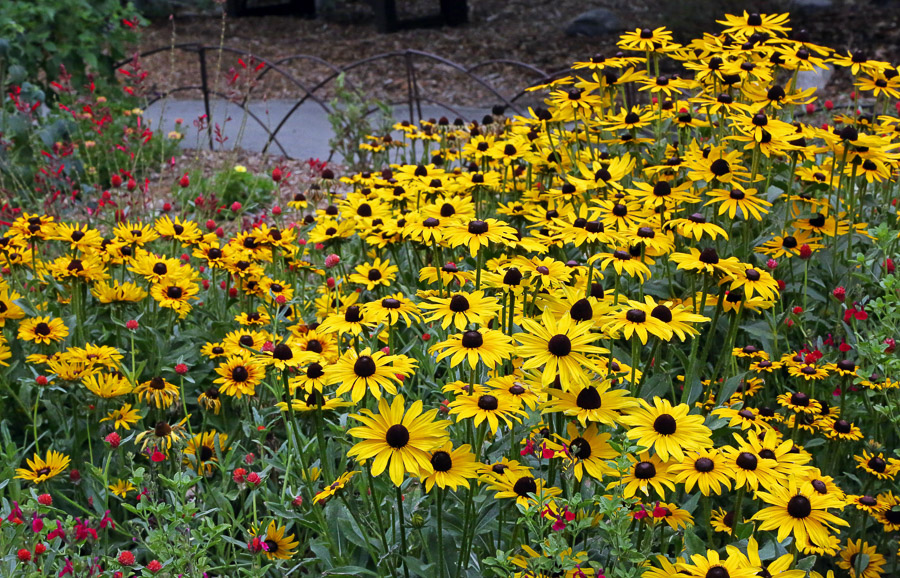
Black-eyed susans
Promenade

Summer blooms
Promenade, Rose Garden
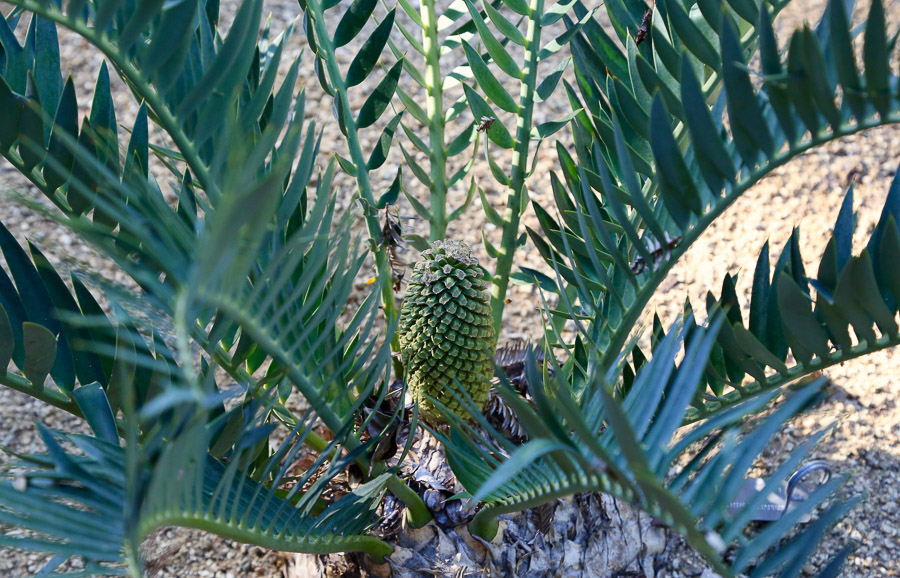
Cycads
Ancient Forest
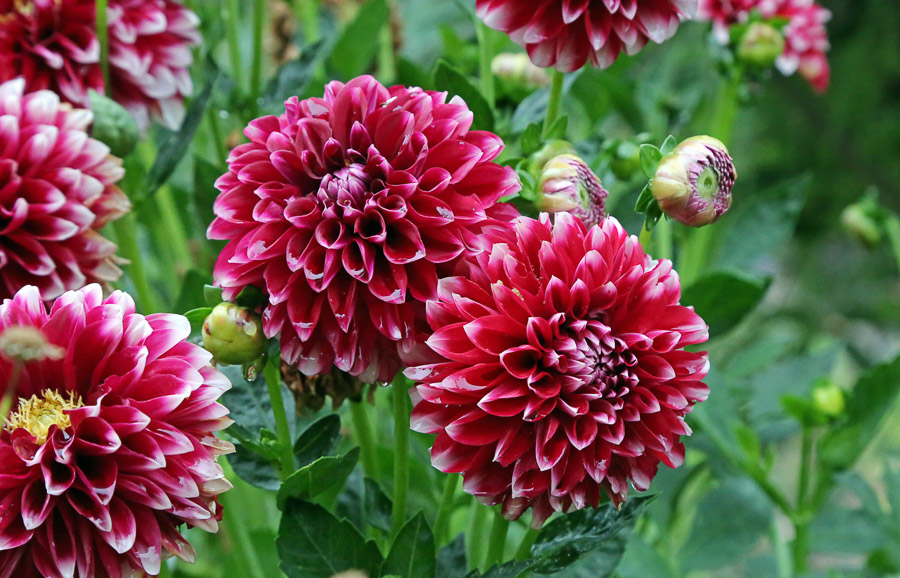
Dahlias
Rose Garden, Promenade
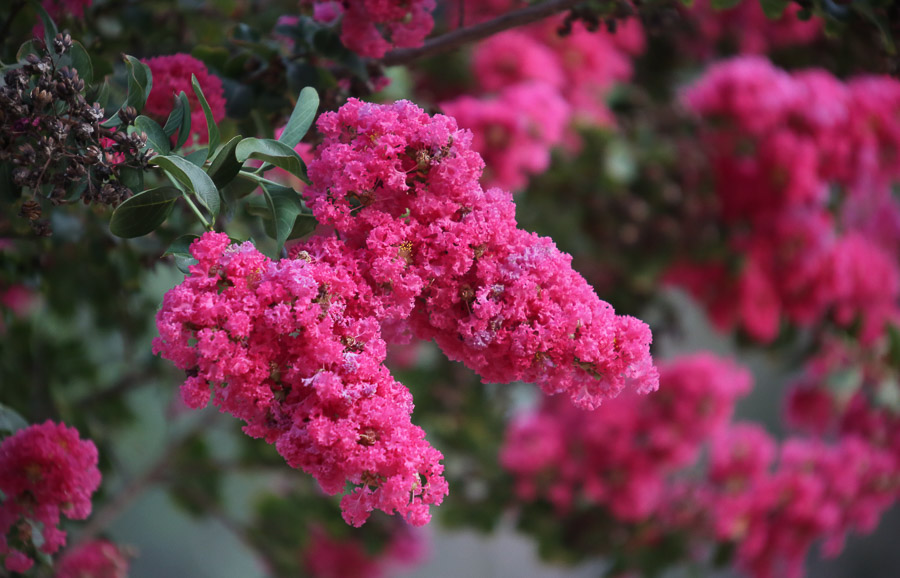
Crape myrtle
Rose Garden

Yarrow
California Garden, Entrance Garden

Garden sages
Throughout the gardens
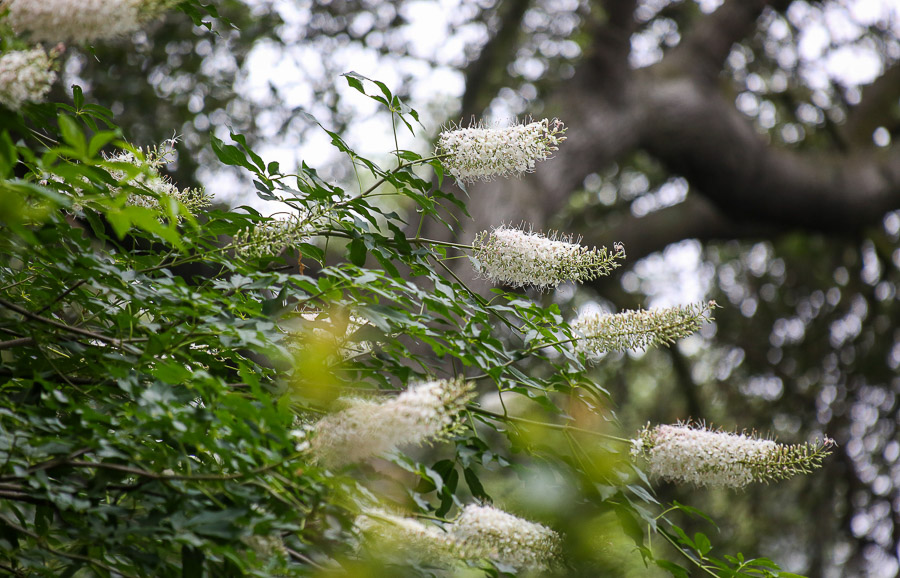
California buckeyes
California Garden
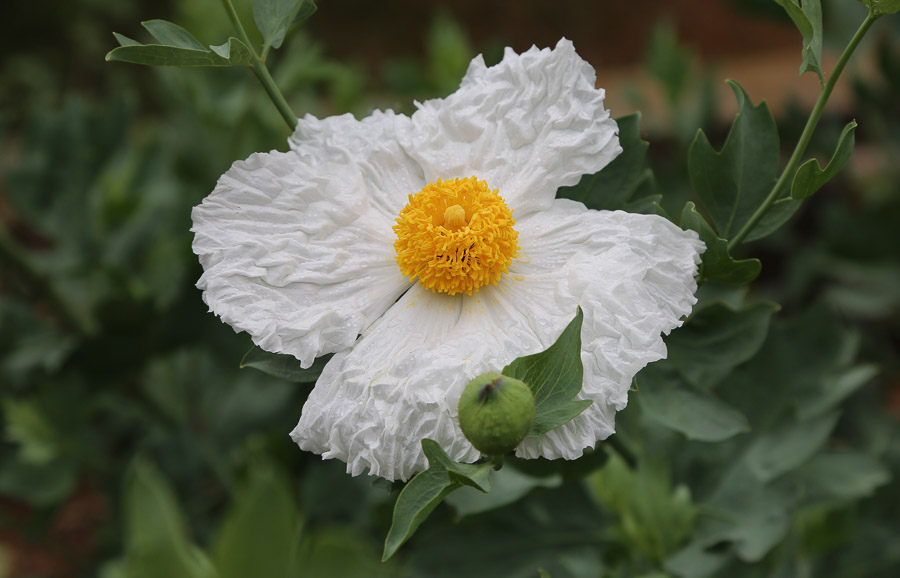
Matilija poppies
California Garden

Roses
Rose Garden
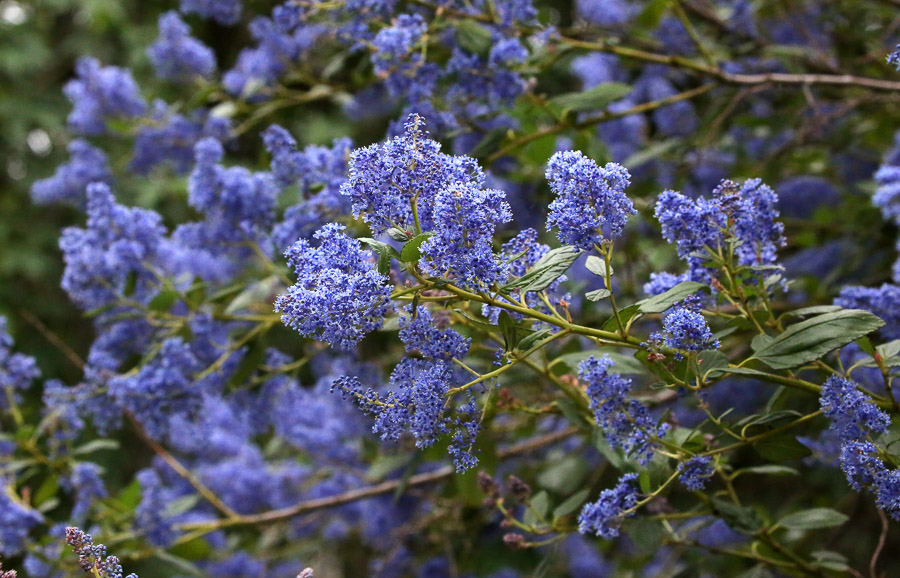
California lilacs
California Garden
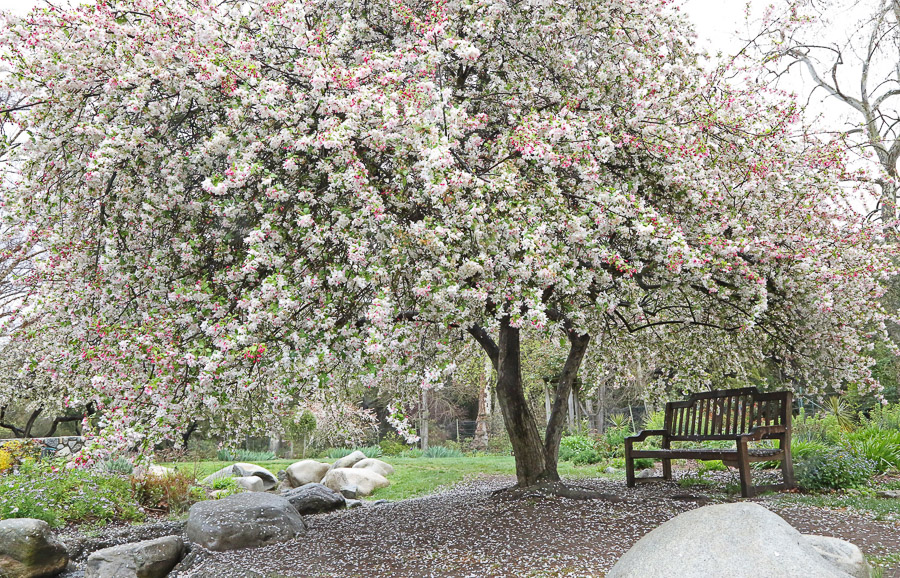
Crabapple blossoms
Rose Garden, Main Lawn
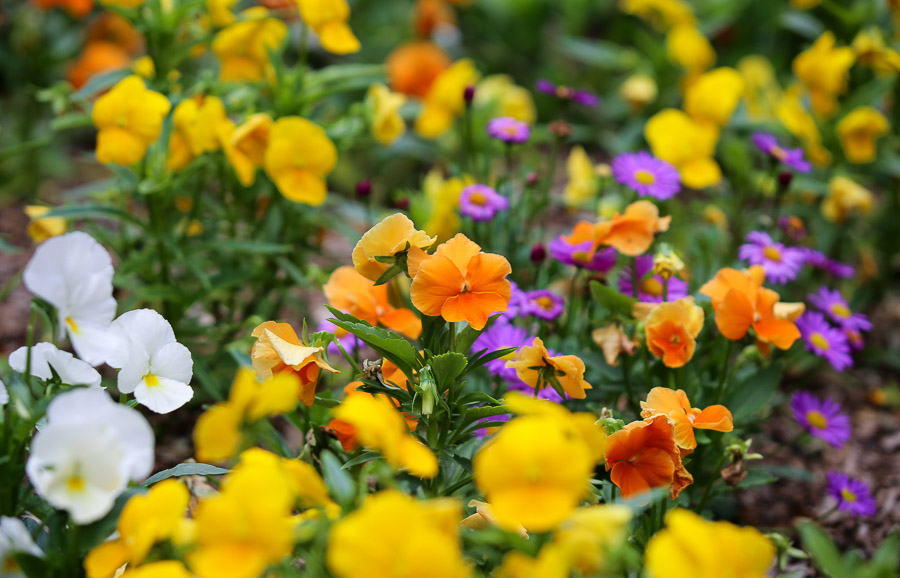
Spring annuals
Promenade, Rose Garden

Lilacs
Lilac Garden
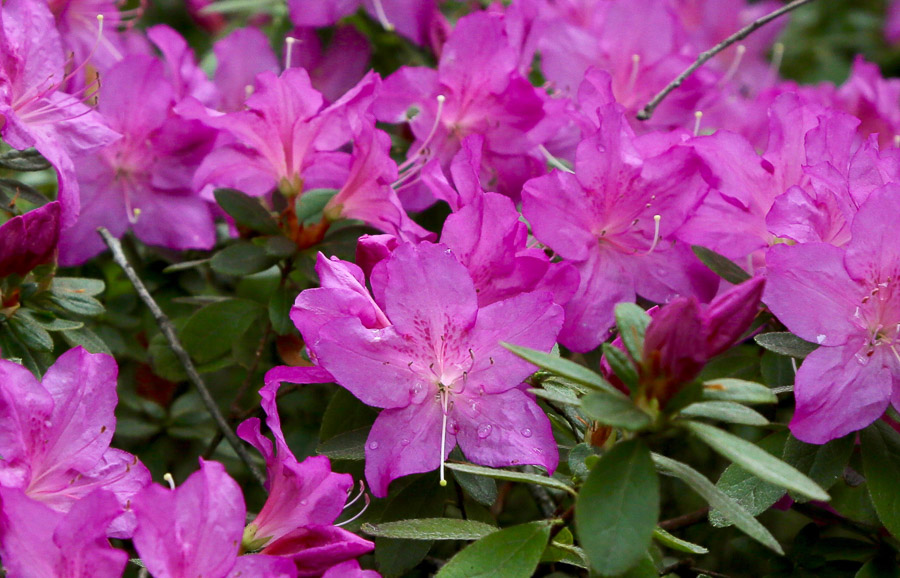
Azaleas
Japanese Garden, Camellia Forest

Wisteria
Rose Garden
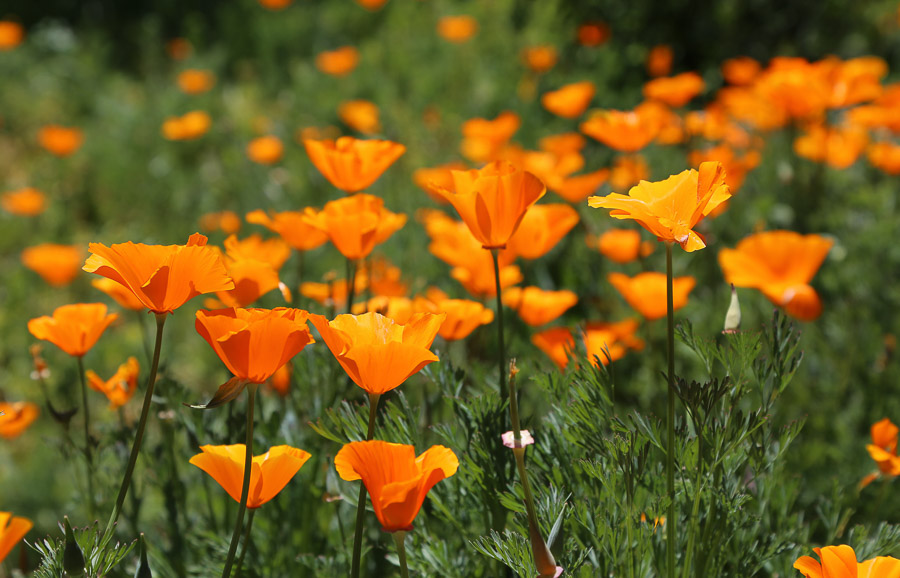
California poppies
California Garden
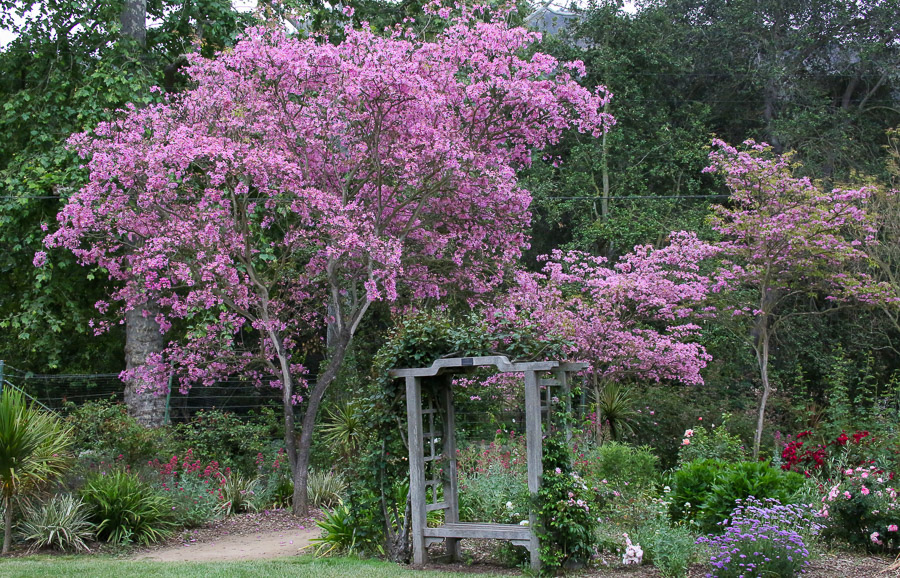
Trumpet trees
Rose Garden, Entrance
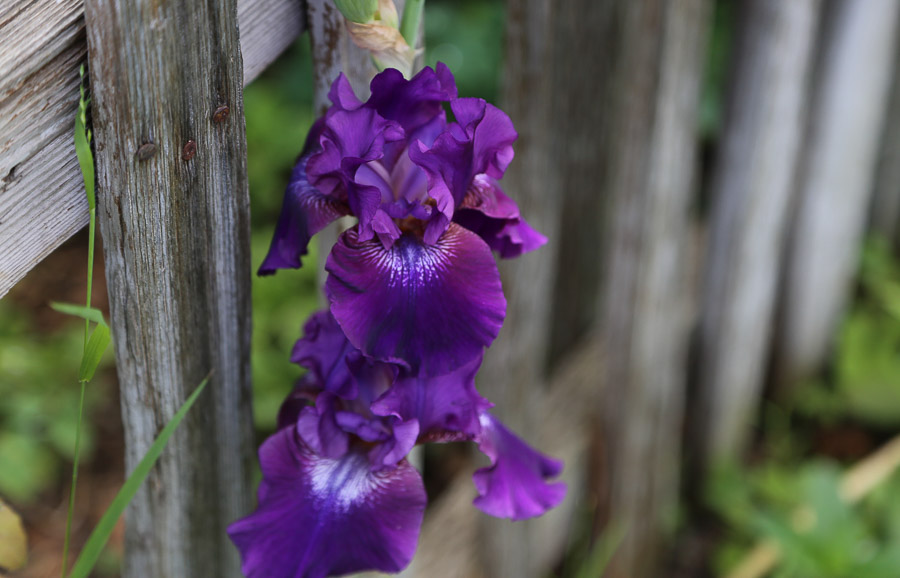
Irises
Rose Garden

Tulips
Promenade
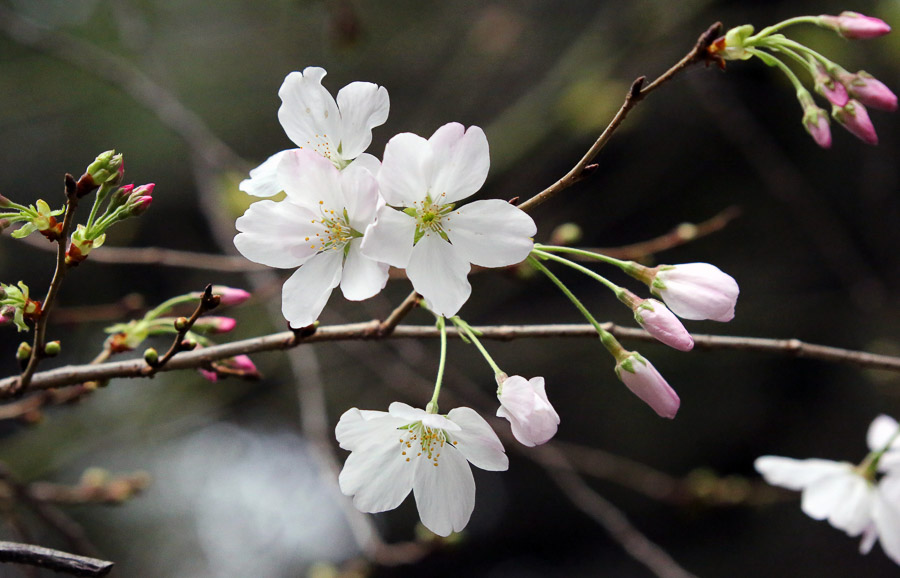
Cherry blossoms
Japanese Garden, Promenade
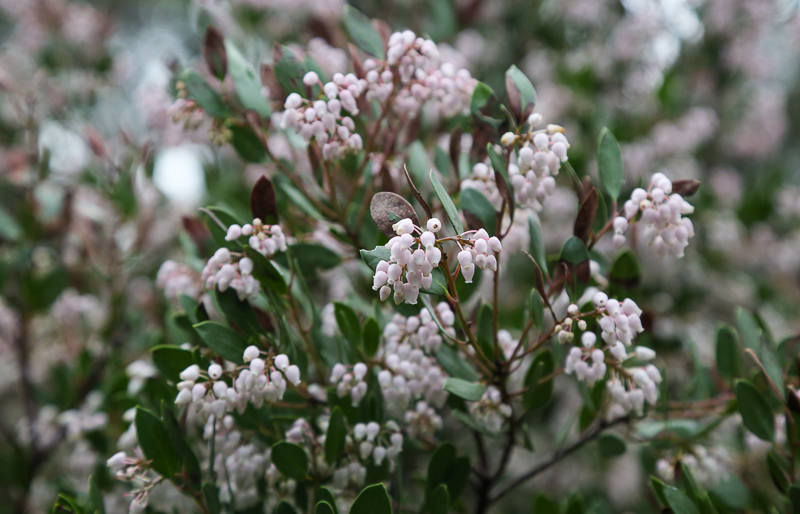
California natives
California Garden, Throughout the gardens
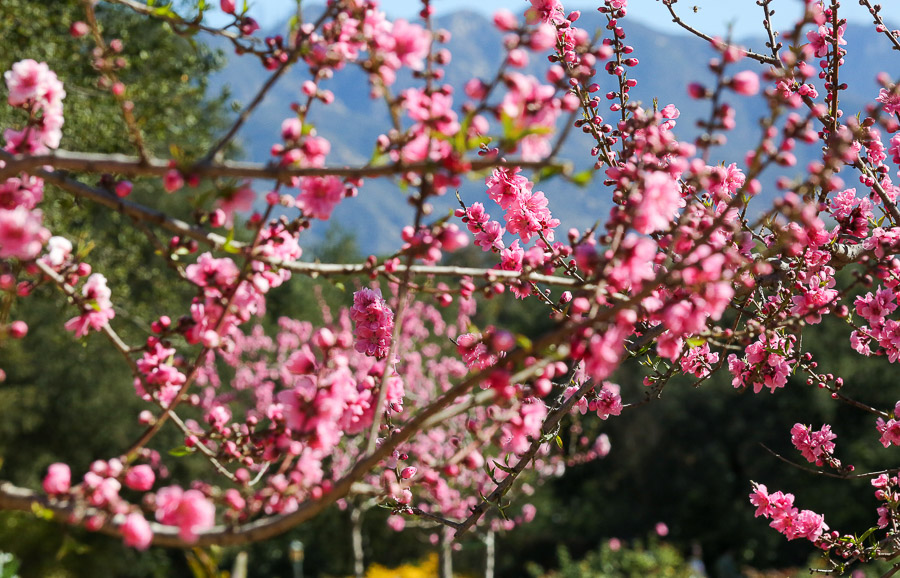
Peach blossoms
Rose Garden
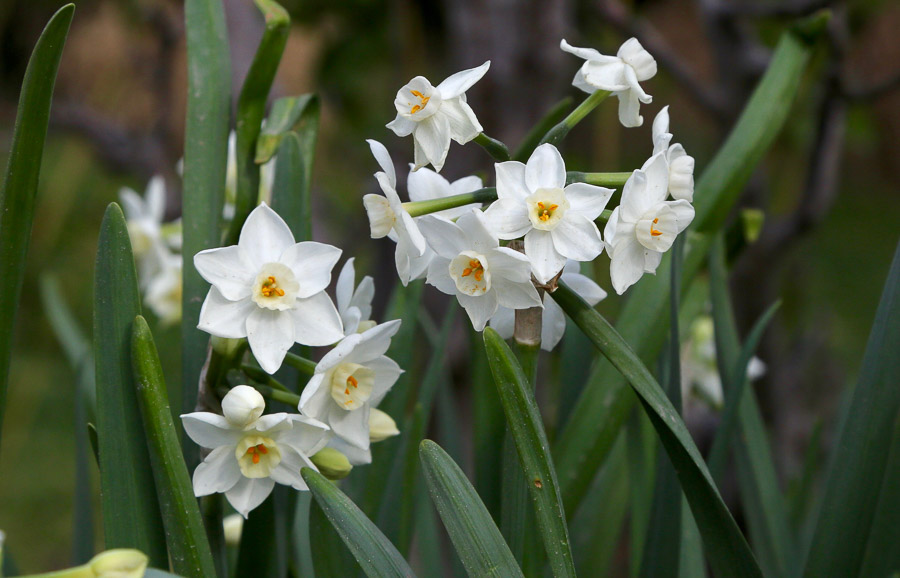
Paperwhites
Rose Garden
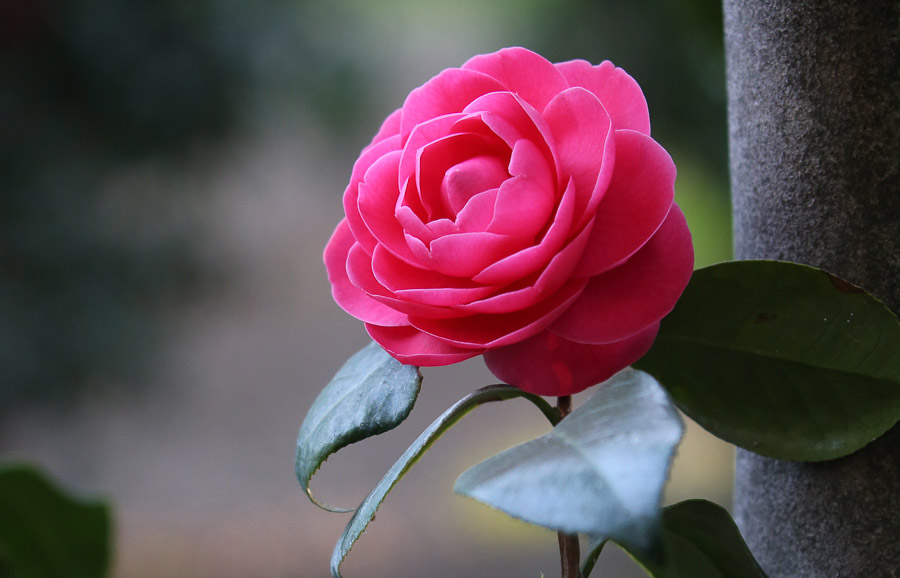
Japanese camellias
Camellia Forest, Japanese Garden

Daffodils
Throughout the gardens
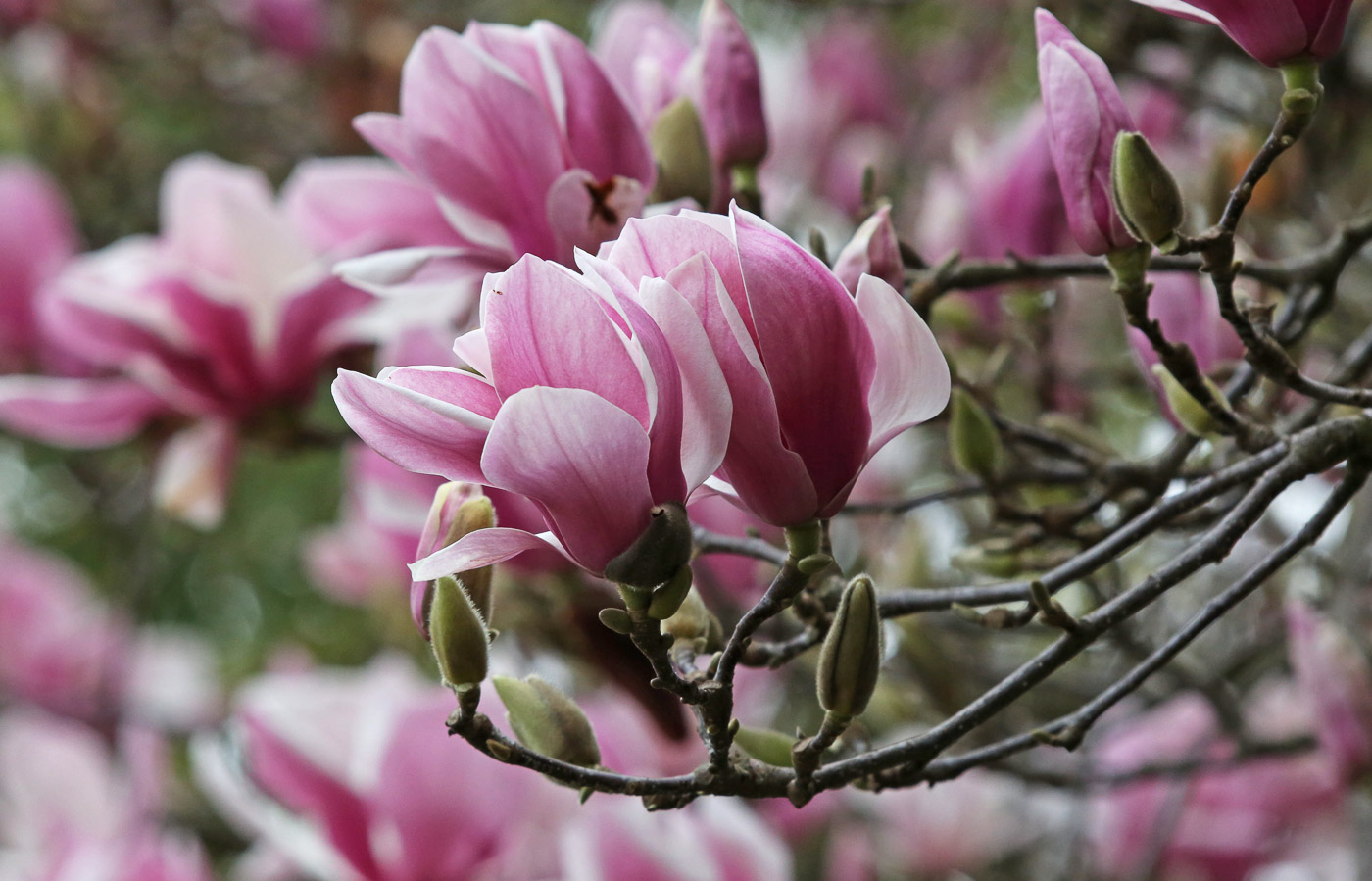
Magnolias
Throughout the gardens
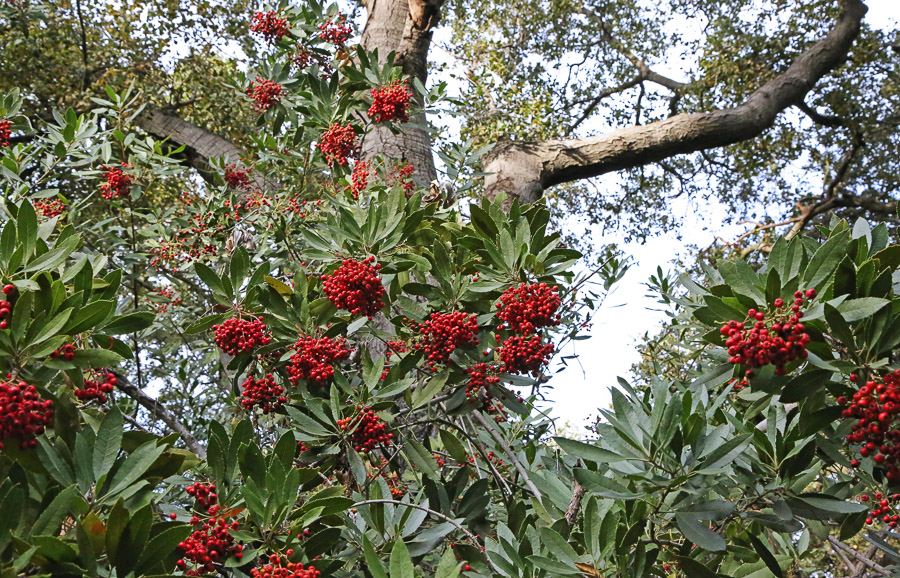
Toyon berries
Throughout the Gardens
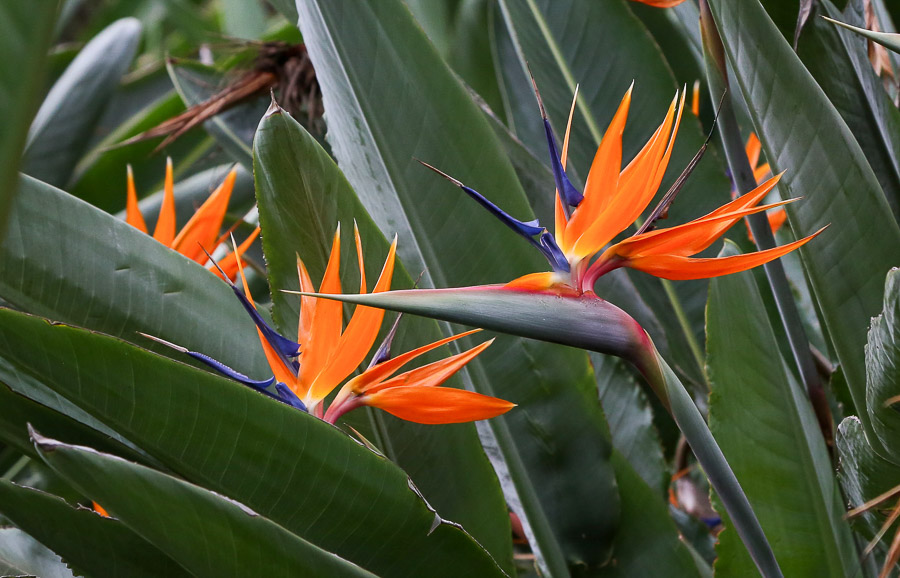
Bird-of-paradise flowers
Fern Canyon
Subject to change due to weather.
